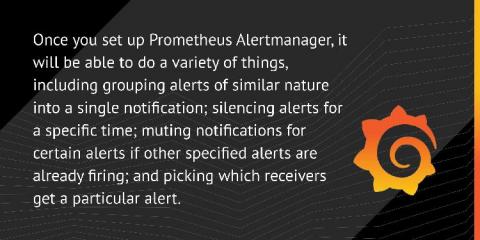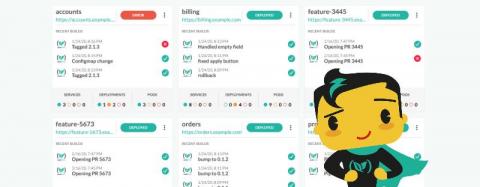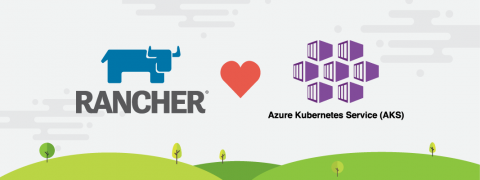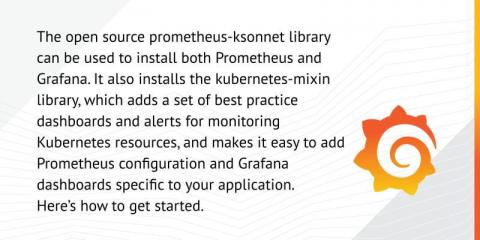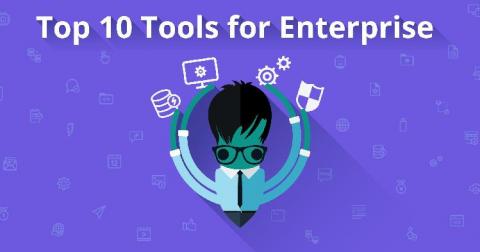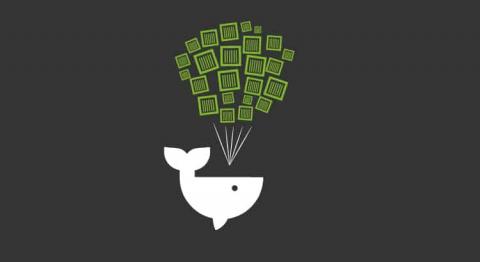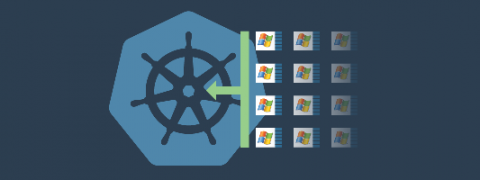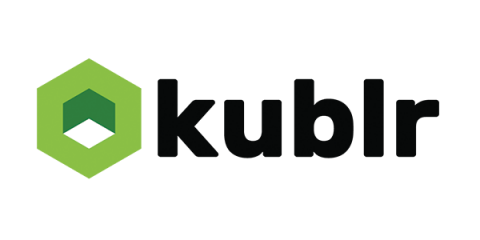Step-by-step guide to setting up Prometheus Alertmanager with Slack, PagerDuty, and Gmail
In my previous blog post, “How to Explore Prometheus with Easy ‘Hello World’ Projects”, I described three projects that I used to get a better sense of what Prometheus can do. In this post, I’d like to share how I got more familiar with Prometheus Alertmanager and how I set up alert notifications for Slack, PagerDuty, and Gmail.


